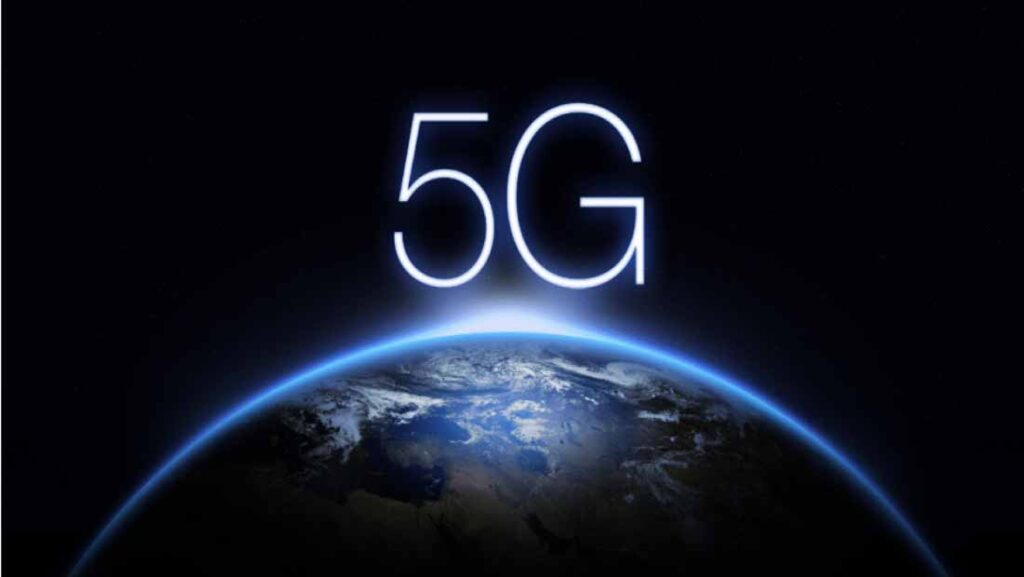Big Data and data analytics are two related concepts that are essential for businesses and organizations that want to make informed data-driven decisions.
The term “Big Data” refers to large data sets that are too large, complex, or changeable to be processed by traditional means of data processing. These data sets can come from various sources, such as social networks, sensors, business transactions, government records, among others.
Data analysis, on the other hand, is the process of examining and understanding these data sets for valuable insights. This can be analyzed in different ways, using statistical, machine learning, visualization, and other techniques.
Data analysis is a valuable tool for companies as it allows them to make informed decisions and improve their efficiency and profitability. For example, companies can use data analytics to identify patterns in customer buying habits, to predict product demand, or to improve manufacturing processes.
Big Data has expanded the possibilities of data analysis by enabling the processing of large data sets. They tools also enable real-time analysis, enabling quick decisions to be made in critical situations.
Big Data and Social Media
Social networks are one of the most important sources of Big Data due to the massive amount of information that is generated in them. Every day, billions of publications, comments, reactions, messages and other types of interactions are generated on social networks such as Facebook, Twitter, Instagram, LinkedIn, among others.
Social media data analysis enables businesses and organizations to gain valuable insights into their customers, competitors, and the broader market. Some of the ways Big Data and social media are used together include:
Sentiment analysis
Social media data analysis is used to analyze user sentiment in relation to a brand or product. This is achieved by analyzing posts, comments, and other user interactions.
Competitor monitoring
Companies can use social media big data to monitor their competitors’ activities and gain valuable insights into their marketing strategies, products, and services.
Influencer identification
Companies can use social media data analytics to identify relevant influencers in their industry and collaborate with them to promote their products or services.
Trend analysis
Social media data analysis allows businesses to identify emerging trends in their industry, allowing them to tailor their marketing strategies and products accordingly.
Big Data and social media are closely related, as social media is one of the most important sources of Big Data. Social media data analytics enables businesses to gain valuable insights into their customers, competitors, and the broader market, enabling them to make informed data-driven decisions.
Big Data and Sensors
Big data and sensors are closely related, as sensors are an important source of real-time, high-volume data. The sensors can be used in a variety of industries, including automotive, manufacturing, energy, agriculture, healthcare, and many more.
The sensors collect data on various variables, such as temperature, humidity, pressure, movement, location, among others. This data can be collected in real time and in large quantities, making it an important source of Big Data.
Sensor data analysis allows companies and organizations to gain valuable insights into the performance of their assets, the status of their manufacturing processes, the quality of their products, energy consumption, and more. Some of the ways Big Data and sensors are used together include:
Asset Monitoring
Companies can use sensor data analytics to monitor the performance of their assets, such as machinery, equipment, and vehicles. This allows them to identify potential failures and carry out preventive maintenance before serious failures occur.
Quality control
Sensor data analysis is used to monitor the quality of products and manufacturing processes. This allows companies to identify potential problems and take action to improve the quality of their products.
Energy optimization
Sensor data analysis is used to optimize energy consumption in buildings, power plants, and other types of facilities. This allows companies to reduce their energy costs and improve their energy efficiency.
Precision agriculture
Sensor data analysis is used in agriculture to monitor soil moisture, temperature, air humidity, and other factors that affect plant growth. This allows farmers to make informed decisions about the amount and timing of irrigation and fertilization, which can improve crop yield and quality.
In short, big data and sensors are closely related and used together to gain valuable insights in various industries. Sensor data analysis enables businesses and organizations to improve their efficiency, reduce costs, and make informed data-driven decisions.
Big Data and Business Transactions
Big data and business transactions are closely related, as each business transaction produces a large amount of data. Companies can use this data to gain valuable insights into their customers’ preferences, buying patterns, and consumption habits.
Some of the ways in which Big Data and business transactions are used together include:
Sales analysis
Business transaction data analysis allows companies to analyze their sales by product, by region, and by time period. This allows them to identify the most popular products, the most profitable markets and the times of the year when more sales occur.
Customer segmentation
Business transaction data analysis allows businesses to segment their customers into groups based on their buying habits, preferences, and consumption patterns. This allows them to create targeted and personalized marketing campaigns for each customer group.
Fraud detection
The analysis of business transaction data allows companies to detect potential fraud and suspicious activity. This allows them to take steps to prevent fraud and protect themselves against potential financial loss.
Price analysis
Business transaction data analysis allows companies to analyze the prices of their products and services relative to those of their competitors. This allows them to adjust their prices to be more competitive in the market.
Big data and business transactions are closely related and used together to gain valuable insights into customer preferences, buying patterns, and consumption habits. Business transaction data analysis enables businesses to make informed data-driven decisions and improve their profitability.
Big Data and Government Records
Big data and government records are closely related, as governments collect and maintain a wealth of data about their citizens, businesses, and organizations. This data can include information on demographics, economy, health, education, transportation, among other aspects.
Some of the ways in which big data and government records are used together include:
Public policy analysis
Analysis of data from government records enables governments to make informed decisions about public policy. This may include the analysis of data on the geographical distribution of the population, levels of education, access to health services, among other factors relevant to the implementation of public policies.
Improving public services
Analyzing data from government records can help governments improve public services, such as healthcare, education, and transportation. This can be achieved by identifying geographic areas with the greatest need for services and allocating resources to improve the quality of existing services.
Prevention of fraud and crime
Analyzing data from government records allows governments to detect potential fraud and illegal activities, such as tax evasion or corruption. This can help prevent financial losses and improve government transparency and accountability.
Improving government efficiency
Analyzing data from government records can help governments improve efficiency in managing their resources. This can be achieved by identifying areas where process improvements can be made and allocating resources to make government processes more efficient.
In summary, big data and government records are closely related and used together to improve public policy decision-making, improve public services, prevent fraud and crime, and improve government efficiency.


